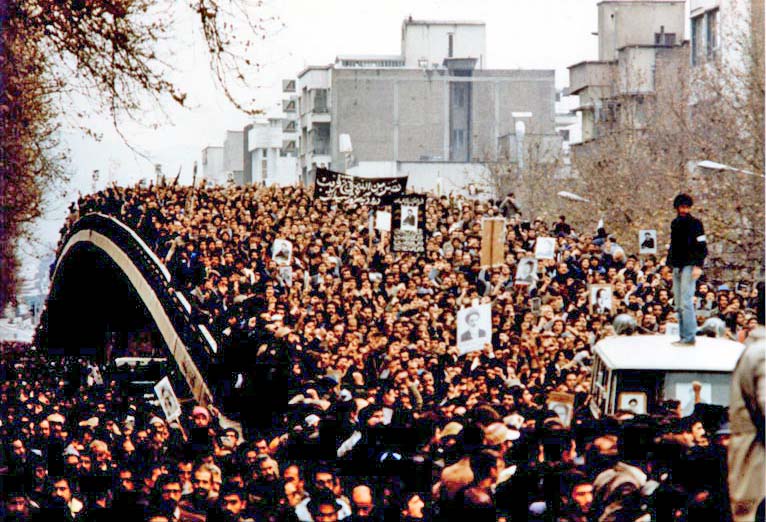The Haitian Revolution (1791-1804)

The Haitian Revolution stands as a pivotal yet often overlooked moment in history. It was the first successful slave revolt, leading to Haiti becoming the first independent black-led nation. Starting in 1791, the revolution’s climax in 1804 resulted in the abolition of slavery and freedom from French colonial rule. This monumental event didn’t just change Haiti; it inspired slave uprisings across the Americas and challenged colonial powers’ grip. Historian Laurent Dubois describes it as a cornerstone for modern human rights, shaking the foundations of race and freedom. This revolution’s impact echoes through history, altering the course of human rights movements.
The Taiping Rebellion (1850-1864)
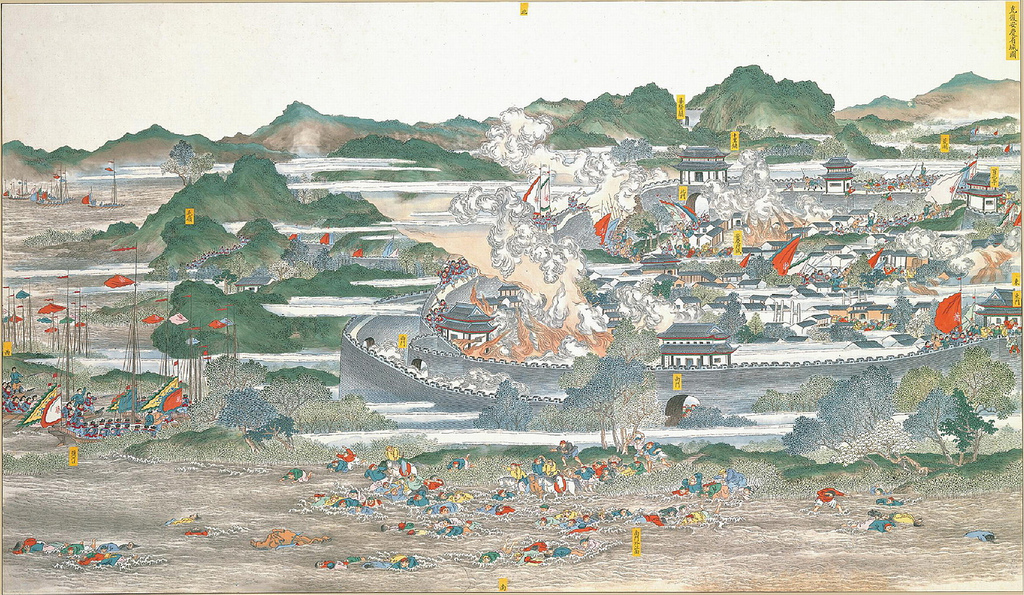
The Taiping Rebellion in China, one of history’s deadliest conflicts, claimed 20 to 30 million lives. Led by Hong Xiuquan, who believed himself to be Jesus Christ’s brother, the rebellion aimed to topple the Qing Dynasty and create a theocratic state. It was borne out of frustration with poverty, corruption, and foreign influence. Although it didn’t succeed, it exposed the Qing Dynasty’s vulnerabilities and paved the way for future uprisings. The rebellion’s significant impact on Chinese society highlights the necessity for reform and modernization, serving as a precursor to the 1911 Revolution and the eventual establishment of the Republic of China.
The Mexican Revolution (1910-1920)
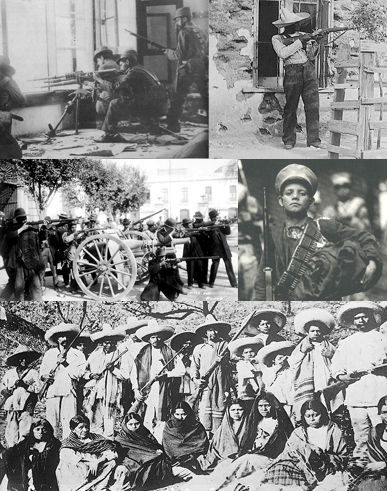
The Mexican Revolution, though often overshadowed, was a transformative event that reshaped Mexican society. It began as a rebellion against Porfirio Díaz’s dictatorship and evolved into a complex civil war involving peasants, workers, and intellectuals. The revolution led to sweeping social and land reforms, redistributing land to peasants. The Constitution of 1917, a product of the revolution, established crucial rights and laid the foundation for modern Mexican governance. Beyond politics, the revolution sparked a cultural renaissance, inspiring Mexican muralists and writers, and leaving an indelible mark on the nation’s identity.
The Russian Revolution of 1905
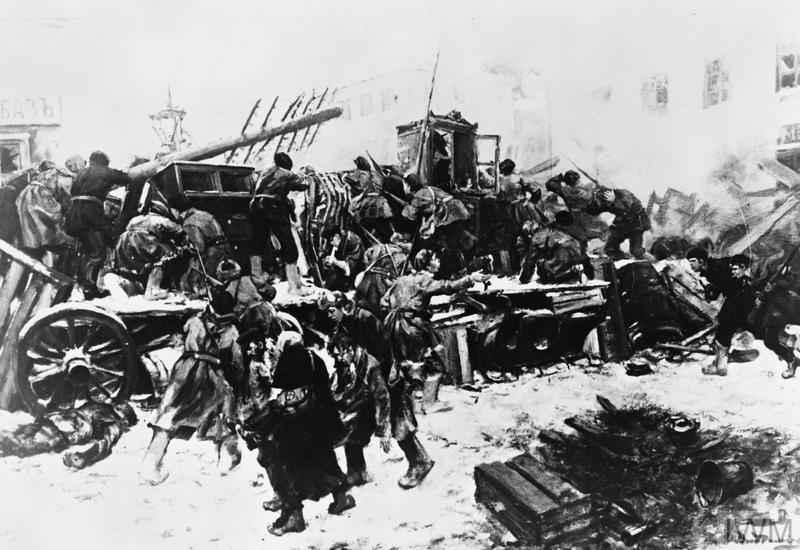
Overshadowed by the Bolshevik Revolution of 1917, the Russian Revolution of 1905 was a critical precursor to significant political change in Russia. Triggered by discontent with Tsar Nicholas II’s regime, the revolution saw strikes, protests, and uprisings nationwide. Although it didn’t dethrone the Tsar, it led to the creation of the Duma, Russia’s first parliament, marking a shift towards constitutional monarchy. The events of 1905 highlighted the increasing demands for political reform and social justice, setting the stage for the 1917 revolution and the eventual transformation of Russian society.
The Iranian Revolution (1979)
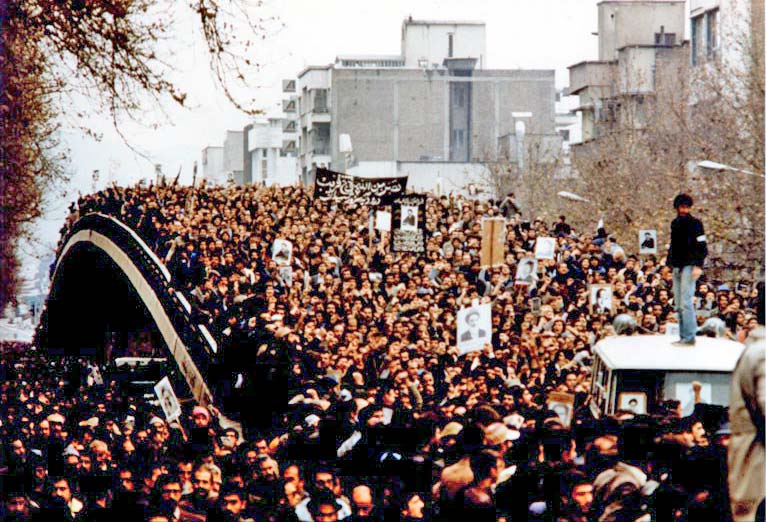
The Iranian Revolution is frequently misunderstood as a purely religious uprising, yet it was a complex movement involving various social and political groups. The revolution overthrew the Pahlavi monarchy, establishing the Islamic Republic under Ayatollah Khomeini’s leadership. Widespread dissatisfaction with the Shah’s oppressive regime fueled the uprising. Its impact on the Middle East was profound, inspiring Islamic movements and altering the geopolitical landscape. The Iranian Revolution is a testament to the power of grassroots movements and the intricacies of revolutionary change, with its effects still reverberating throughout the region today.
The Velvet Revolution (1989)
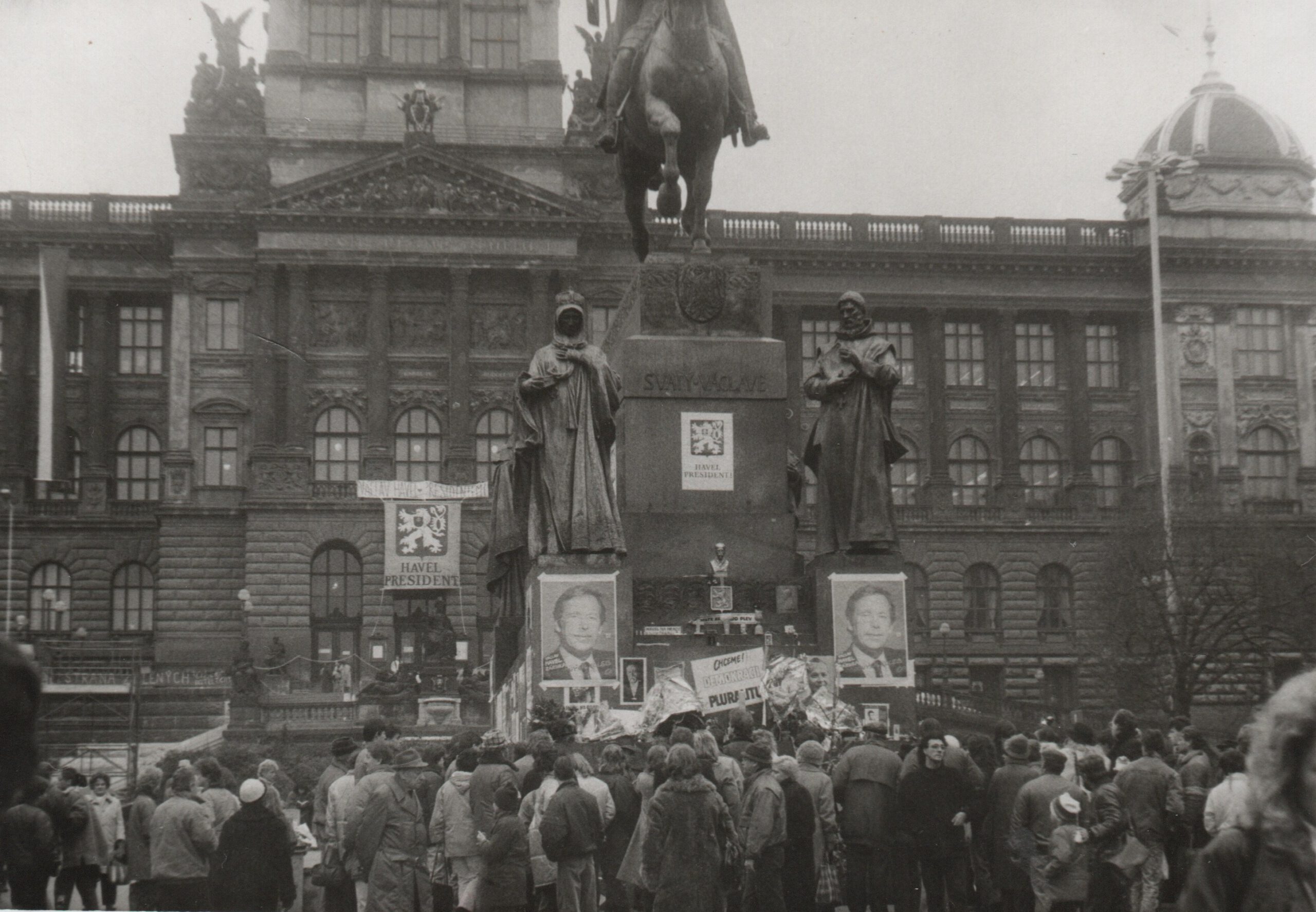
The Velvet Revolution in Czechoslovakia was a peaceful transition of power that ended 41 years of communist rule. Beginning in November 1989, mass protests and demonstrations against the government led to the resignation of the communist leadership. The revolution’s hallmark was its non-violent nature, with citizens employing civil disobedience and artistic expression to challenge the regime. The Velvet Revolution not only established a democratic government but also inspired similar movements across Eastern Europe, contributing to communism’s fall in the region. It exemplifies how peaceful resistance can lead to substantial political change.
The Arab Spring (2010-2012)

The Arab Spring was a wave of anti-government protests and uprisings that spread across the Arab world, starting in Tunisia and reaching countries like Egypt, Libya, and Syria. While the outcomes varied, the Arab Spring represented a collective demand for political reform, social justice, and an end to authoritarian rule. Social media played a crucial role in organizing protests and spreading information. Though many initial hopes for democracy were dashed, the Arab Spring has left lasting effects on the region, fueling ongoing struggles for freedom and human rights. It underscores the power of collective action and the desire for change in oppressive regimes.
The Zapatista Uprising (1994)
The Zapatista Uprising in Mexico, frequently overlooked, was a significant challenge to neoliberal policies and globalization. On January 1, 1994, the Zapatista Army of National Liberation (EZLN) launched an armed uprising in Chiapas, advocating for land reform, indigenous rights, and social justice. The movement gained international attention, highlighting the struggles of indigenous communities in Mexico. The Zapatistas have since transitioned to a non-violent struggle for autonomy and self-determination, championing a new form of democracy that prioritizes marginalized voices. Their ongoing activism continues to inspire movements worldwide, advocating for equity and justice.
The Color Revolutions (2000s)
The Color Revolutions refer to a series of non-violent uprisings in post-Soviet states like Ukraine, Georgia, and Kyrgyzstan. These movements aimed to topple corrupt regimes and promote democratic governance, each characterized by a unique color symbol, such as Ukraine’s Orange Revolution. Fueled by public discontent with electoral fraud and authoritarianism, the Color Revolutions underscored the power of civil society and grassroots activism in challenging entrenched political systems. They serve as a reminder of the ongoing struggle for democracy in the region, inspiring future generations to fight for their rights and freedoms.
The Sudanese Revolution (2018-2019)

The Sudanese Revolution is a recent example of a popular uprising that led to significant political change. Beginning in December 2018, protests erupted against President Omar al-Bashir’s government, driven by economic hardship and demands for democratic reforms. A diverse coalition of citizens, including women and youth, united to demand change. In April 2019, al-Bashir was ousted, a significant victory for the protesters. Despite subsequent challenges, including military coups and ongoing struggles for democracy, the revolution exemplifies the potential for collective action to bring about change, inspiring movements worldwide to pursue justice and equality.


